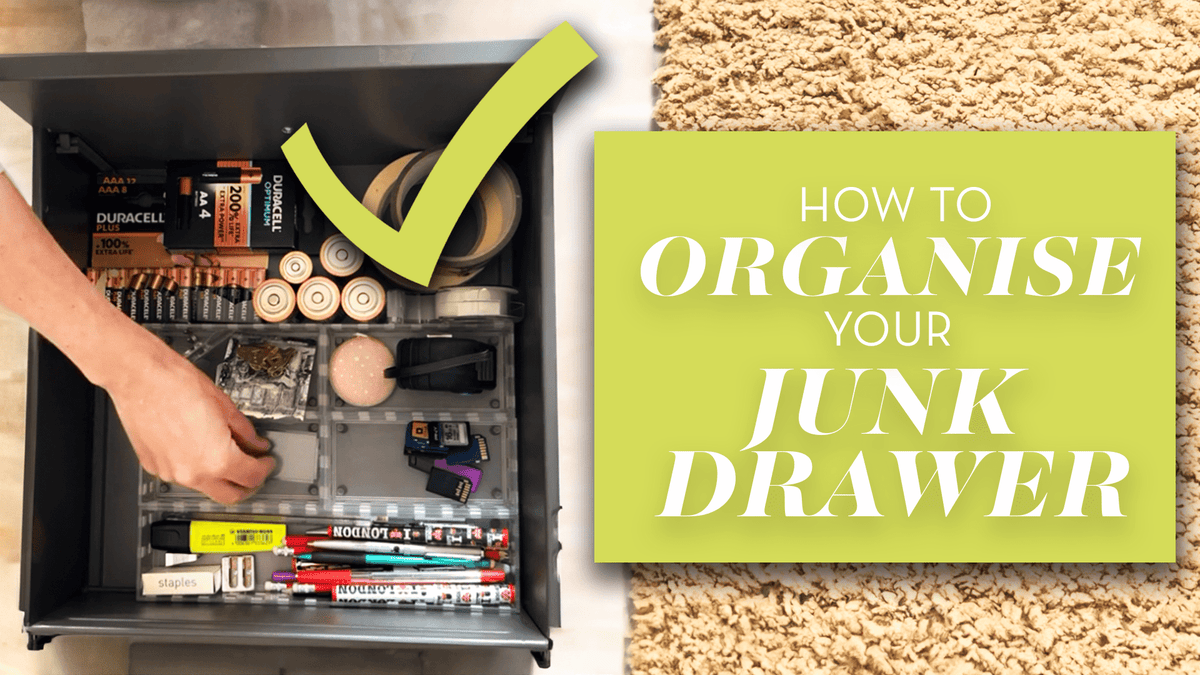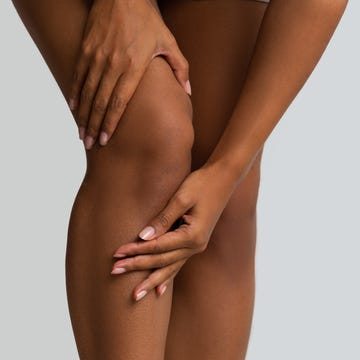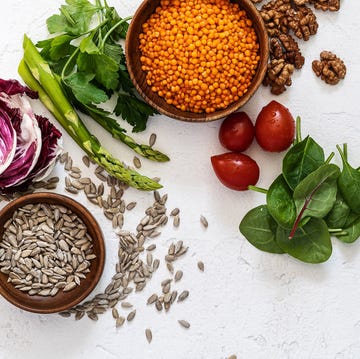Keeping strong and flexible as we age has a far-reaching impact – boosting our energy, protecting us from injuries and amping up our cognitive powers. And the good news is that you don’t need to run a marathon or spend hours in the gym to reap the benefits; building strength as you get older isn’t about chasing personal bests – it’s about making everyday life easier. No one wants to be huffing and puffing just to get up off the sofa or struggling to carry the shopping in from the car.
The even better news? You don’t need a fancy workout routine or an expensive gym membership to make a difference. A few targeted exercises can help tone up the muscles that matter most, improving your balance, flexibility, posture and even grip strength.
‘If we don’t move our bodies enough, especially as we age, we’ll start to feel stiff, be more prone to injury, or worse, we could have a fall,’ says personal trainer and senior fitness expert Sarah Campus. ‘This is why we need to work on our balance, posture and strength in the knees, hips and shoulders.’
What to read next
Consistency, she adds, is key. So which exercises should we be building into our daily routines?
Squats
A simple squat doesn’t look like much, but as Sarah explains, it’s a ‘functional move that can be done anywhere. Squats don’t just strengthen your quads, glutes and hamstrings – they’re also good for your balance, because you’re engaging your core.’
How to do a squat: Stand with your feet hip-width apart (you can have a chair behind you if you’re a beginner) and inhale as you lower your glutes to the floor, bending at the knees, until you get to 90 degrees. Stand up and repeat. To make it more challenging, hold small weights.
Deadlifts
A deadlift doesn’t have to be done with a barbell and loads of weights; you can use simple things around the house, like tins of beans, bottles of water and even packs of washing powder. So why are they so good? ‘The hip-hinge movement is really important as we start to age – it’s a movement we use every day, plus it’s great for improving posture.’
How to do a deadlift: Hips shoulder-width apart, hold your weights (or tin cans) in your hands, keep your back straight and keep your knees slightly bent. Push your hips back and keep your back straight as you go down, sliding your weights down your legs. Then come up through the hips to a standing position.
Press-ups
The good thing about press-ups is that they can be adapted for all abilities, while they also work chest and core strength. ‘This is another functional move as we’re constantly using our arms to pick up things,’ says Sarah.
How to do a wall press up: Place your hands against the wall at about shoulder height, then lower your chest, inhaling as you lower your chest towards the wall and exhaling as you push your hands away. To make this more challenging, progress to a ‘box’ press-up, starting on all fours and lowering your chest to the ground; or a classic floor press-up.
Shoulder rolls
They feel like a simple exercise, but Sarah says they bring numerous benefits, from better flexibility in the area to increased mobility. ‘They’ll also help with good posture as you age – when your shoulder posture is limited, it can cause you pain and even affect your breathing.’
How to do a shoulder roll: Feet hip-width apart, hands down by your side. Roll your shoulders up and down your back, making sure you get into the shoulder blades. Repeat 12 times, and then do the same exercise, but rolling your shoulders forward. You can also try this holding small hand weights.
Standing calf raises
‘It’s very important to build that strength around the knee as we age, and calf raises do just this,’ says Sarah
How to do standing calf raises: In bare feet, hold a wall, chair or sofa and simply raise your heels and calves for five seconds. Place your heels back down and repeat. To make it more challenging, stand on a slight elevation (a book would do) and use a weight.
Perform all exercises for 12 reps, then repeat the circuit one or two times.













